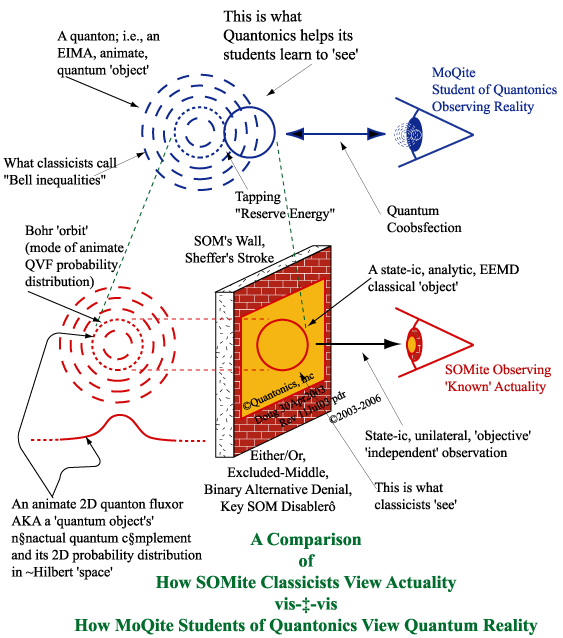 |
|
OK, you
say, "Doug, what is wrong with how classicists view reality?
Can you tell us in, say, one sentence what Sure! Classicists' way of viewing reality reifies durational quanta! Quantumists' wayings of beings viewings reality issi monitorings durational quanta. Doug - 20Apr2005. |